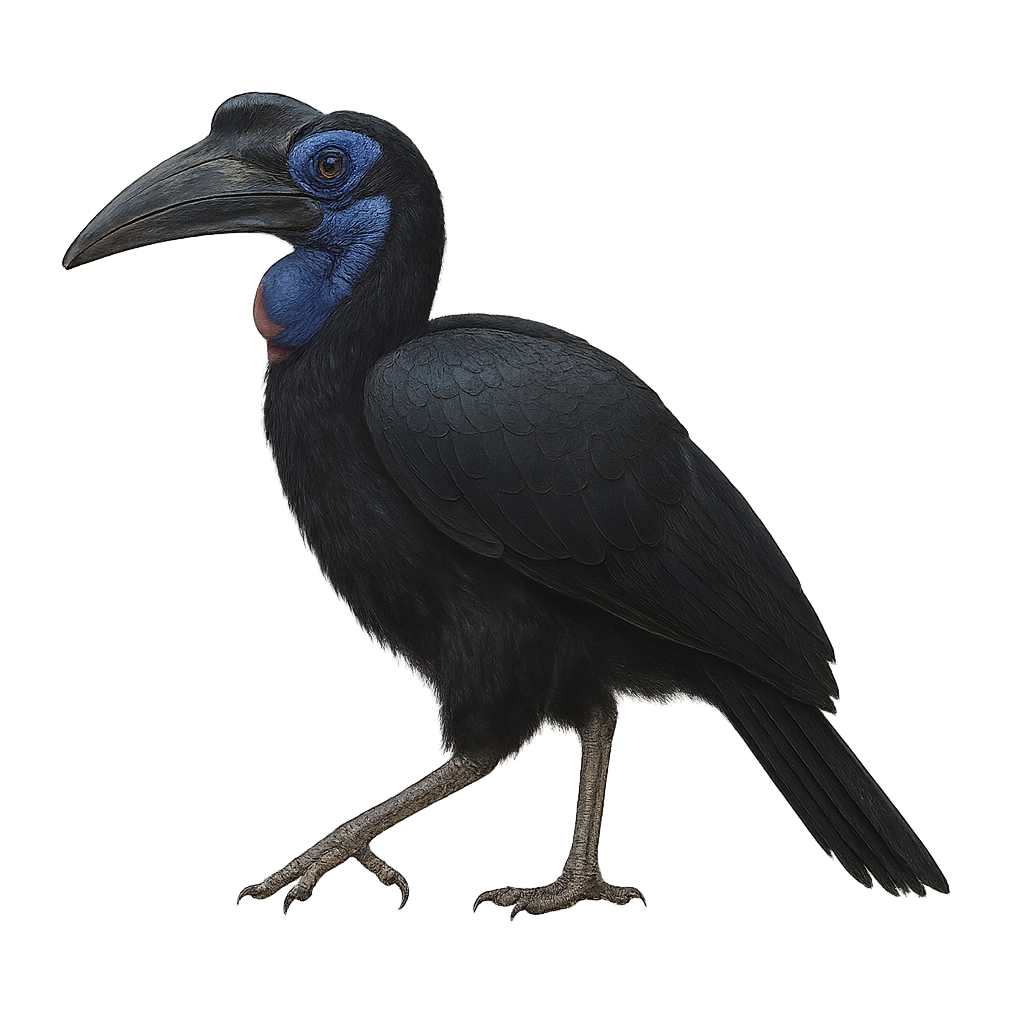Your wildlife photography guide.
Explore the abyssinian ground hornbill in detail, study its behavior, prepare your shots.
Where to observe and photograph the abyssinian ground hornbill in the wild
Learn where and when to spot the abyssinian ground hornbill in the wild, how to identify the species based on distinctive features, and what natural environments it inhabits. The WildlifePhotographer app offers tailored photography tips that reflect the abyssinian ground hornbill’s behavior, helping you capture better wildlife images. Explore the full species profile for key information including description, habitat, active periods, and approach techniques.
Abyssinian Ground Hornbill
Scientific name: Bucorvus abyssinicus

IUCN Status: Least Concern
Family: BUCORVIDAE
Group: Birds
Sensitivity to human approach: Suspicious
Minimum approach distance: 10 m
Courtship display: November to December
Incubation: 37-41 jours
Hatchings: December to February
Habitat:
savannas, open grasslands, light forests
Activity period :
Primarily active during the day, with peak activity in the morning and late afternoon.
Identification and description:
The Abyssinian Ground Hornbill, or Bucorvus abyssinicus, is a large terrestrial bird known for its striking black plumage and vivid red markings around its eyes and neck. It is primarily found in sub-Saharan Africa, inhabiting savannas and open grasslands. This bird is notable for its social behavior, often living in small family groups. It feeds mainly on insects, small reptiles, and mammals. Its call is deep and resonant, often heard at dawn. The Abyssinian Ground Hornbill plays an important ecological role in controlling insect and small animal populations. Its longevity and low reproductive rate make it vulnerable to environmental disturbances.
Recommended lens:
400 mm – adjust based on distance, desired framing (portrait or habitat), and approach conditions.
Photography tips:
To photograph the Abyssinian Ground Hornbill, it is advisable to use a telephoto lens of at least 400mm to capture detailed images without disturbing the bird. Look to photograph it early in the morning or late in the afternoon when the light is soft and flattering. Be patient and discreet, as this bird can be suspicious. Use a tripod to ensure camera stability and try to capture moments when the bird is in action, such as when it is feeding or interacting with other group members.
The WildlifePhotographer App is coming soon!
Be the first to explore the best nature spots, track rutting seasons, log your observations, and observe more wildlife.
Already 1 431 wildlife lovers subscribed worldwide

